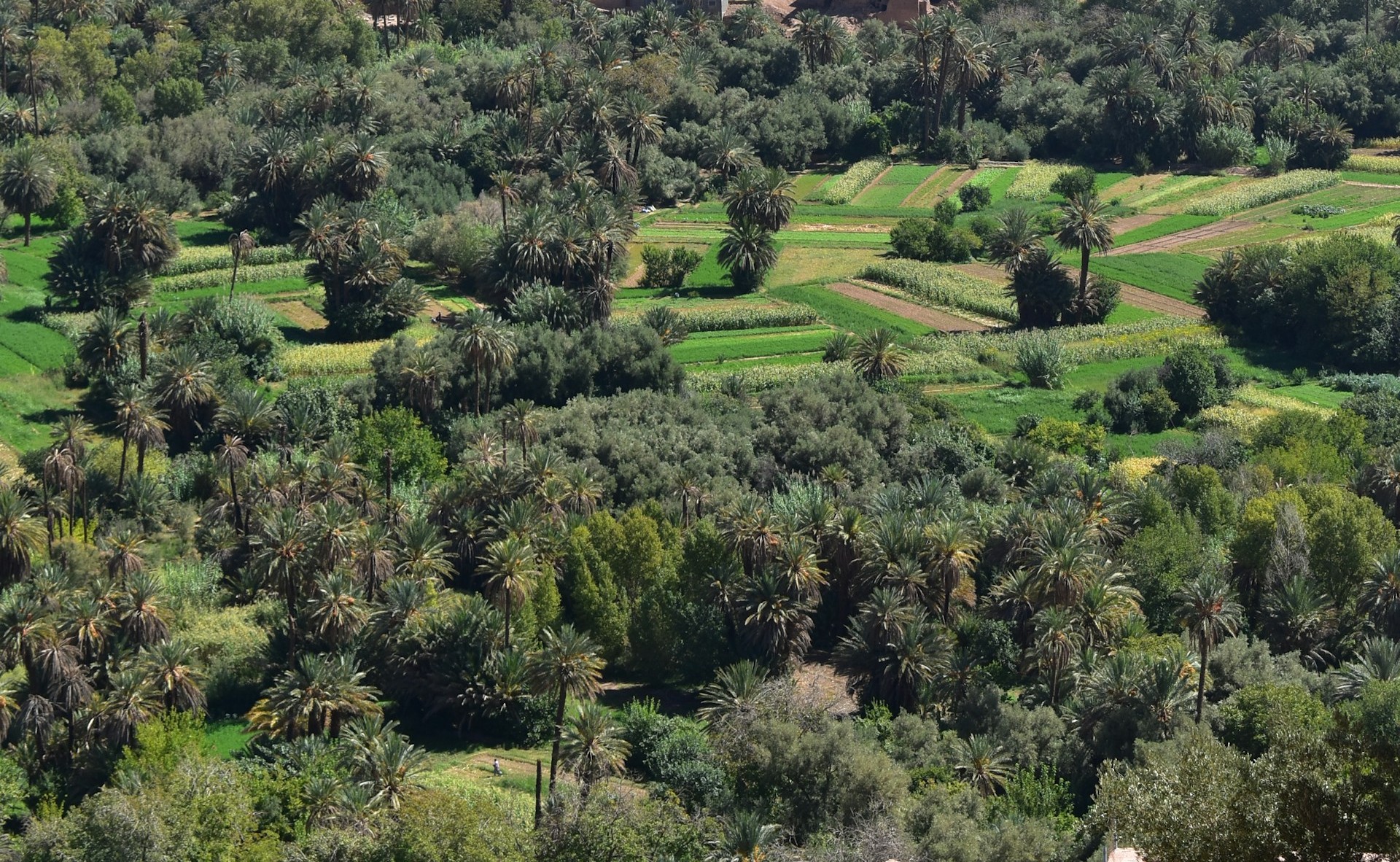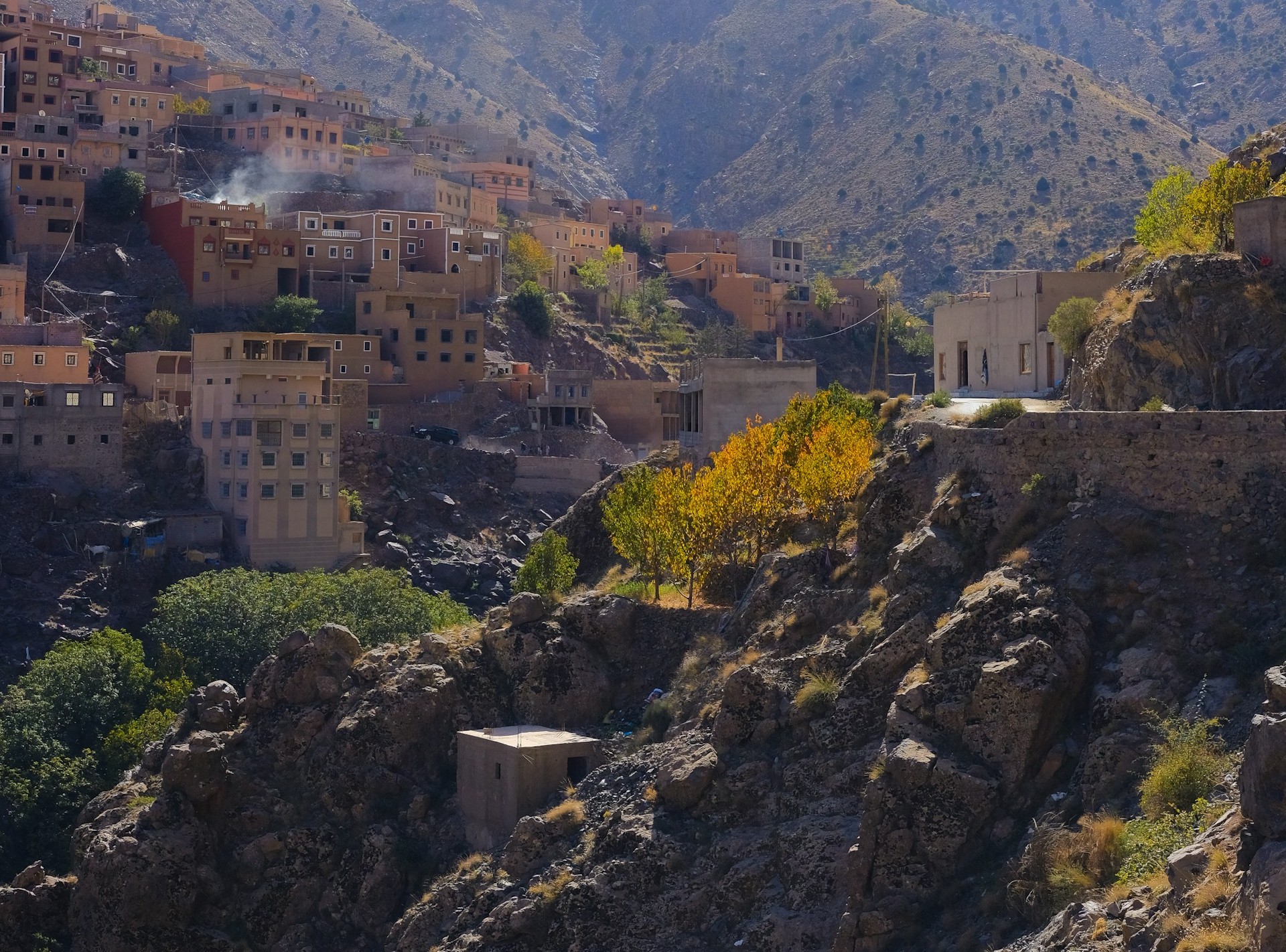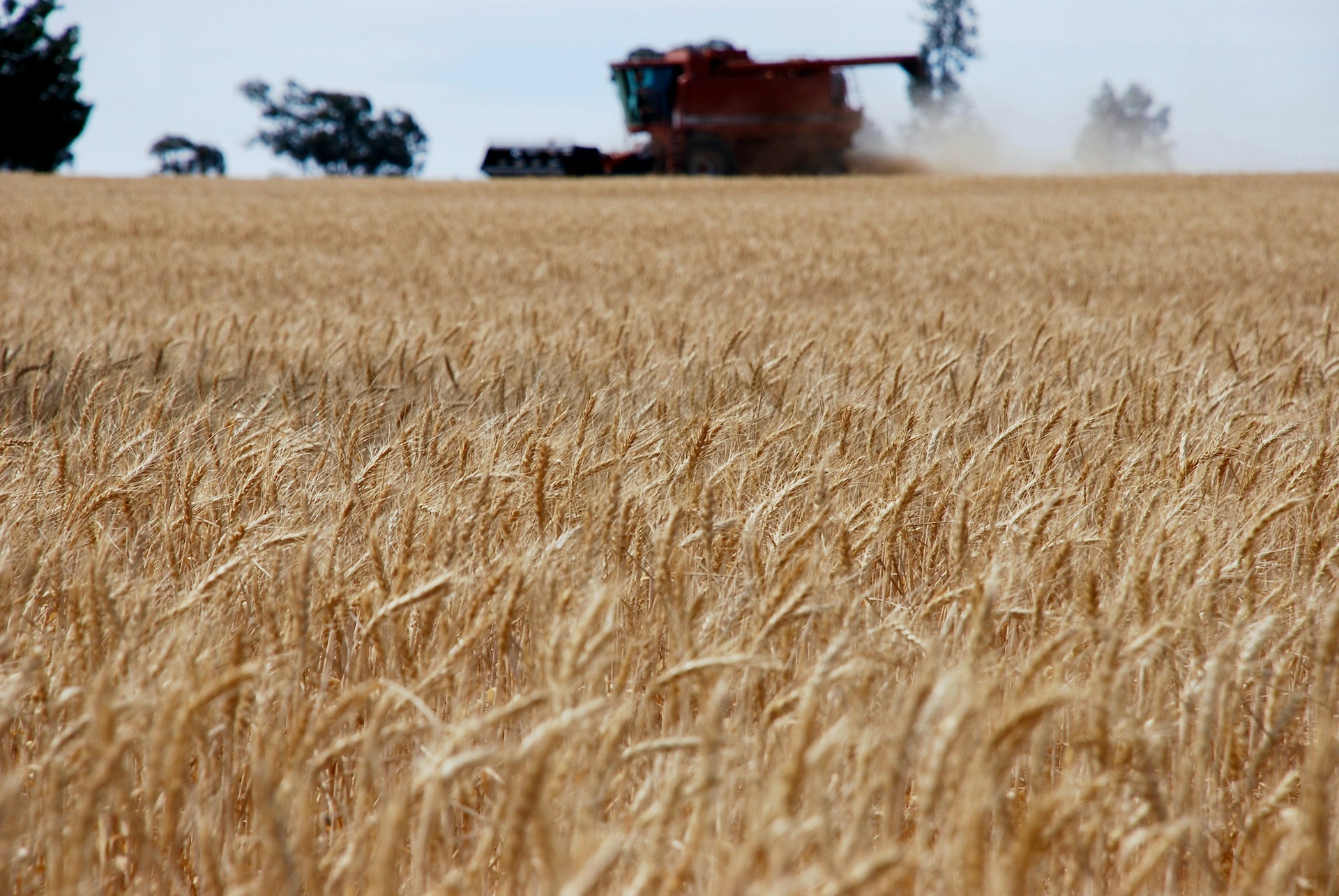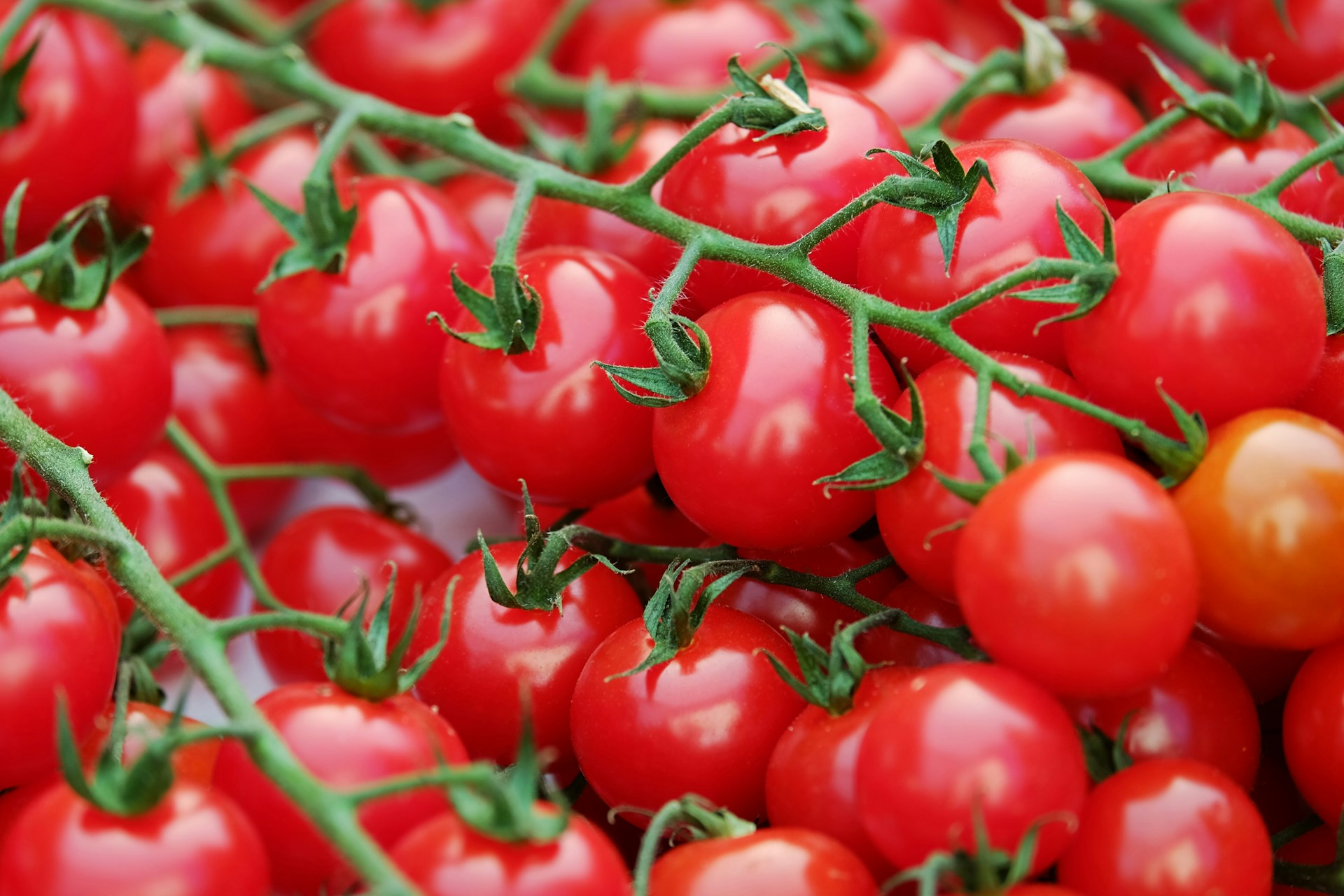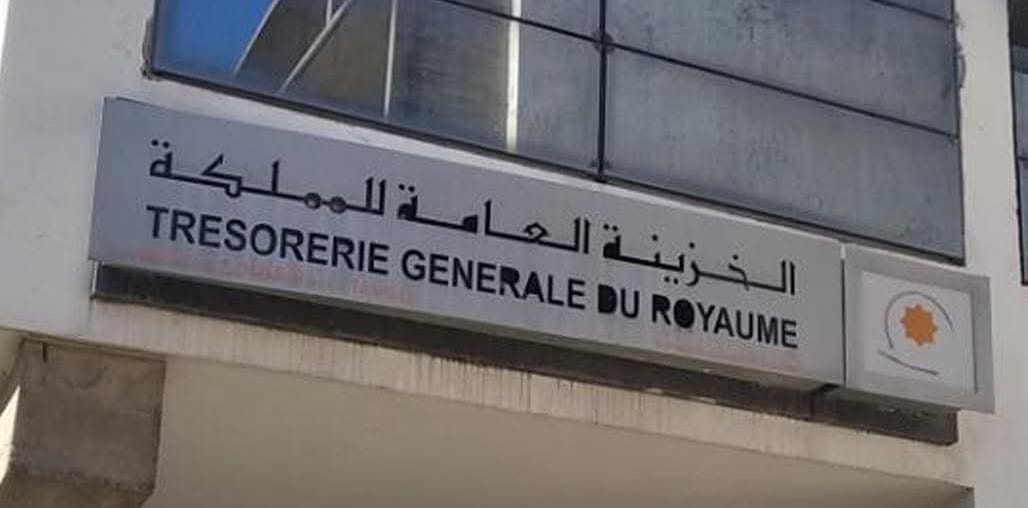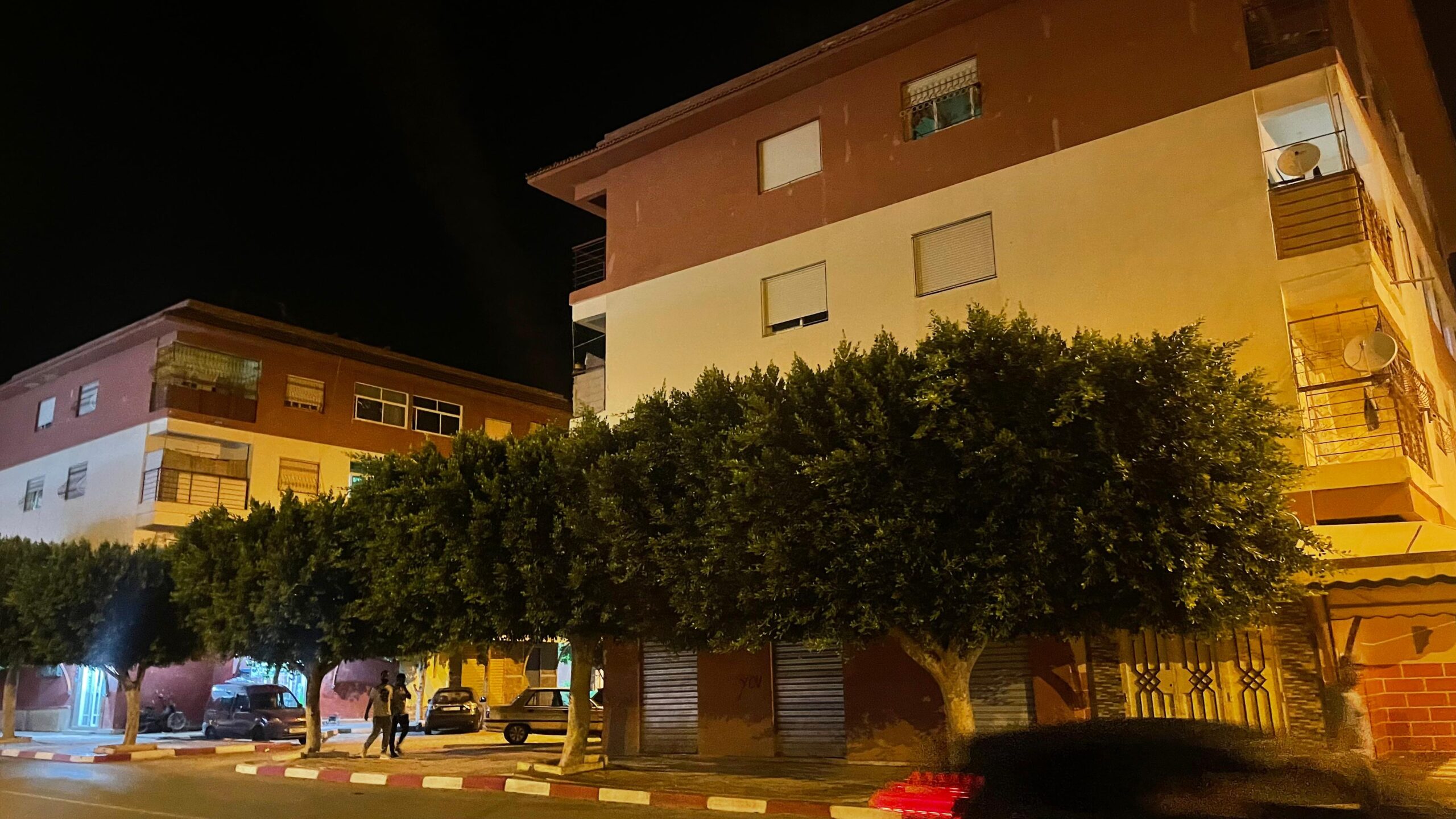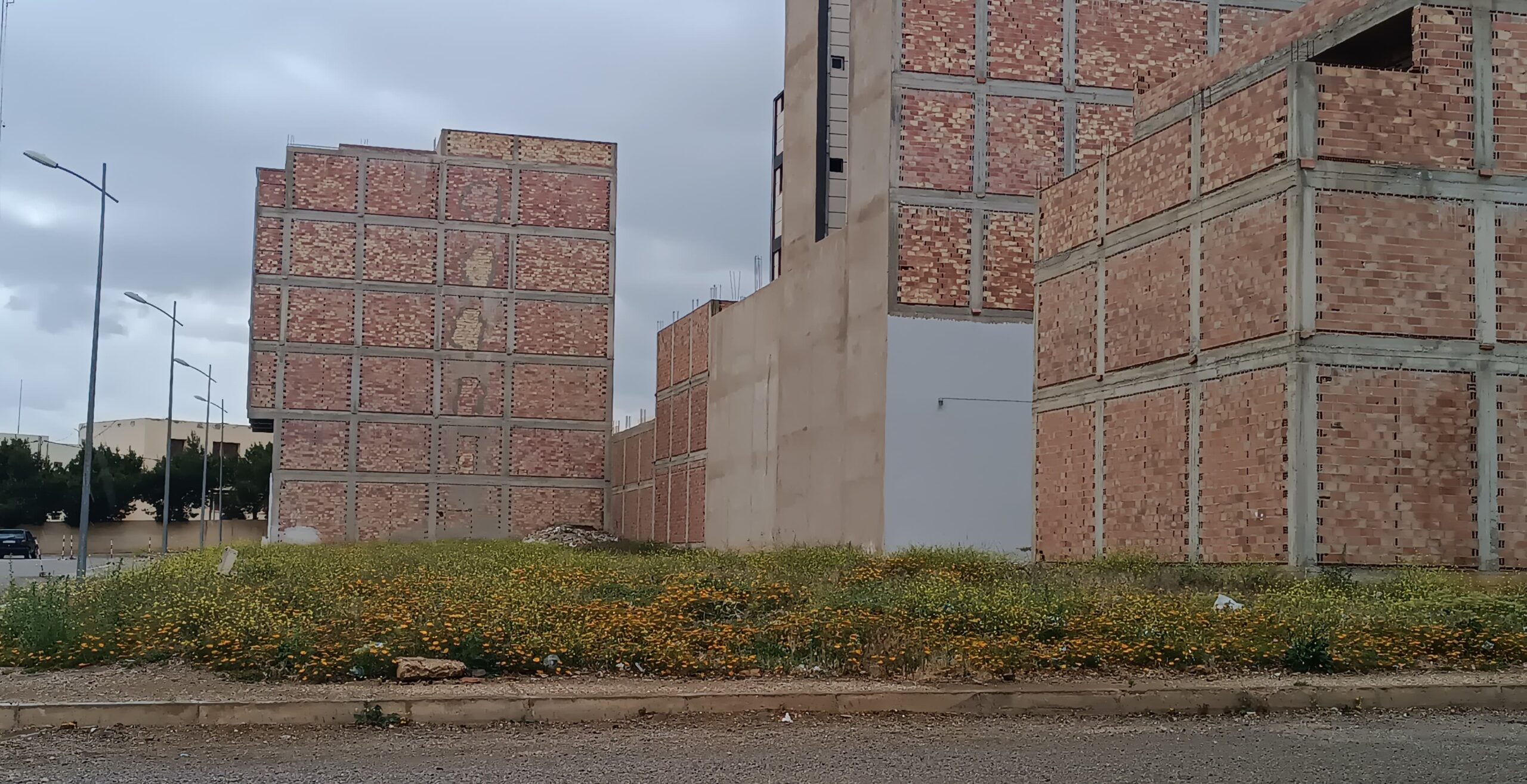Casablanca – Moroccan tomato exports have recorded a significant upswing during the 2024–2025 agricultural season, with total shipments reaching 690,000 tons—a 19% increase compared to the previous year. This growth underlines Morocco’s strengthening position in global markets and the sector’s ongoing efforts to adapt to environmental and logistical challenges.
Strong demand from Europe fuels growth
The increase in exports is largely driven by rising demand from European countries, particularly the United Kingdom and Germany. The UK alone imported 122,720 tons of Moroccan tomatoes in 2024, 68% of which were snack varieties. These imports now account for over 30% of the UK’s total tomato imports, with the country representing 18% of Morocco’s total tomato export destinations.
Germany has emerged as a major direct importer, benefiting from a strategic shift away from the traditional reliance on French intermediaries. Direct shipments from Morocco to Germany rose sharply from 69,800 tons in 2023 to 98,400 tons in 2024, with cherry and plum tomatoes making up a substantial portion of that volume.
Cherry tomato exports rebound after Ramadan slowdown
Exports of cherry tomatoes temporarily slowed during March 2025, primarily due to reduced activity in packing facilities during the month of Ramadan. Although production remained stable, labor shortages and fewer working hours affected processing and export timelines. However, volumes are expected to rebound to their seasonal peak in April.
The shortage of Moroccan cherry tomatoes was particularly felt in markets like Germany, where their absence led to a sharp increase in retail prices—reaching up to $13 per kilogram, according to Germany’s BLE (Federal Office for Agriculture and Food). During this period, suppliers from the Netherlands, Spain, and Turkey stepped in to fill the gap.
Focus on quality, innovation, and direct access to markets
Moroccan tomatoes continue to gain international recognition not only for their competitive pricing but also for their high quality and consistent year-round supply. Many shipments are now packaged at source and sent directly to demanding northern European markets. Brands such as Azura have contributed to this reputation, with Azura’s cherry tomatoes ranking among the top 10 best-selling tomato brands in France.
The sector has also placed emphasis on varietal innovation, shifting from traditional types to newer, more resilient ones that offer better disease resistance and improved shelf life.
Sustainability and long-term resilience
Despite this strong performance, Moroccan tomato producers continue to grapple with environmental challenges. Prolonged drought—now in its seventh consecutive year—has placed pressure on water supplies, especially in the Souss region, one of the most production areas. In response, the government has invested in desalination plants, with the Agadir facility now supplying around 40% of the city’s water needs. However, desalinated water is three times more expensive than well water, creating financial strain for many farmers.
In addition, the spread of the Tomato Brown Rugose Fruit Virus (ToBRFV) remains a pressing concern. The virus caused 15–20% losses in the 2023–2024 season, prompting growers to adopt resistant varieties and improve overall cultivation practices.
